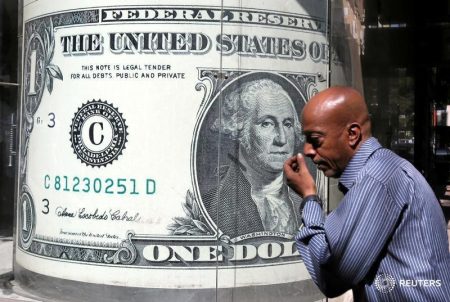- As US traders took a break for Thanksgiving today, the (DXY), a measure of the currency’s strength against a basket of other major currencies, dipped below the 104 mark. This movement suggests a potential weekly decline for the dollar. The quietness in the markets coincides with the annual holiday closure, which often leads to lower trading volumes and subdued market activity.
European economic indicators provided some activity in the otherwise calm market environment. Purchasing Managers’ Index (PMI) figures in Europe showed an increase from October’s lows, hinting at a possible shift in economic momentum. Investors are now eyeing Friday’s release of US PMI numbers, which could further influence the direction of the USD if they indicate a decline.
Elsewhere, the anticipation for a ceasefire in Gaza has been extended to Friday after an accidental car explosion at the Canada-US border was reported, with no links to terrorism. China’s property market experienced a notable surge, nearly 7% up, buoyed by state support measures.
In terms of monetary policy signals, ECB member Joachim Nagel hinted that interest rates might need to stay elevated for an extended period to prevent a resurgence in inflation. This stance aligns with global central banks’ efforts to control inflationary pressures without triggering a sharp economic downturn.
The global equities market saw mild positivity, with Hong Kong’s climbing by 1%. The CME Group’s FedWatch Tool indicates that market participants expect the Federal Reserve to maintain its current interest rate in December.
Trading for US government debt securities paused amid the holiday, with the benchmark 10-year Treasury Note yield last recorded at 4.40%. It is worth noting that historically, quantitative easing policies have tended to weaken the USD when implemented by the Federal Reserve.
This article was generated with the support of AI and reviewed by an editor. For more information see our T&C.
Read the full article here















